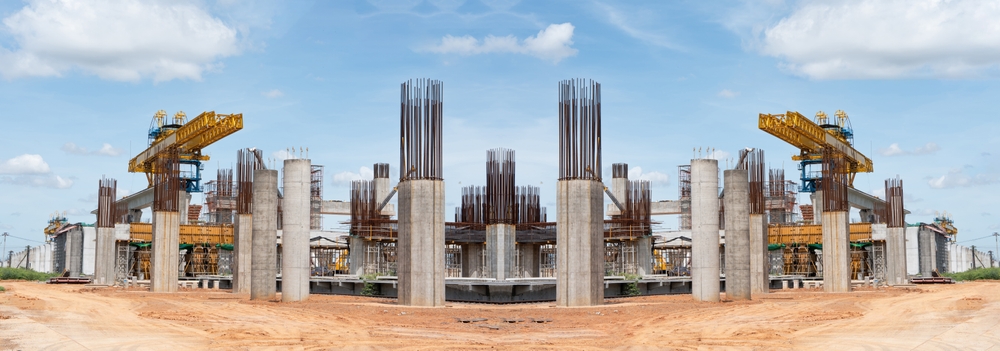
Renewable Energy in Buildings: Powering a Sustainable Future
Renewable Energy in Buildings: Powering a Sustainable Future
As cities grow and energy demands increase, renewable energy in buildings has become a key solution for creating sustainable and environmentally responsible infrastructure. Modern buildings are no longer just structures—they are energy producers, using innovative technologies to minimize carbon emissions and reduce long-term energy costs.
What Is Renewable Energy in Buildings?
Renewable energy in buildings refers to the use of naturally replenishing energy sources—such as solar, wind, geothermal, and biomass—to power residential, commercial, and industrial structures. These clean energy systems reduce dependency on fossil fuels and help create eco-friendly, energy-efficient buildings.
Today, architects and engineers integrate renewable systems right into building designs, ensuring long-term sustainability and operational efficiency.
Why Renewable Energy in Buildings Matters
Switching to renewable energy in buildings offers tremendous environmental, economic, and social benefits:
1. Reduced Carbon Footprint
Buildings account for a large share of global emissions. Renewable systems such as rooftop solar panels and geothermal heat pumps significantly reduce pollution and greenhouse gas emissions.
2. Long-Term Energy Savings
While initial installation may cost more, renewable energy reduces electricity bills and operational expenses over the building’s lifetime.
3. Energy Independence
Using renewable energy in buildings helps reduce dependency on grid electricity, ensuring consistent power even during outages or rising energy prices.
4. Higher Property Value
Green buildings attract buyers and tenants due to their lower operating costs, environmental benefits, and efficient performance.
5. Environmental Protection
Renewable energy supports responsible resource use, reduces fossil fuel consumption, and promotes cleaner air and water.
Types of Renewable Energy in Buildings
Here are the most effective and widely used systems:
1. Solar Power Systems
Solar is the most popular form of renewable energy in buildings. Rooftop solar panels, solar water heaters, and solar façade systems capture sunlight and convert it into usable electricity or heat.
-
Ideal for homes, offices, and large commercial complexes
-
Reduces electricity bills significantly
-
Low maintenance and long lifespan
2. Wind Energy
Small-scale wind turbines can generate electricity for buildings in areas with consistent wind speeds. They are often used in industrial buildings, educational campuses, and rural homes.
3. Geothermal Heating and Cooling
Geothermal systems use the Earth’s stable temperature to regulate indoor temperatures.
Benefits include:
-
Reduced HVAC costs
-
High energy efficiency
-
Low long-term maintenance

4. Biomass Energy
Biomass systems convert organic waste—like wood pellets, agricultural residue, or bio-waste—into heat or electricity. This supports waste recycling and reduces landfill pollution.
5. Hydropower for Building Complexes
In specific locations, micro-hydropower systems generate electricity using flowing water. While not suitable for all buildings, it works well in large estates and industrial areas near water sources.
The Role of Renewable Energy in Buildings in India
India is rapidly transitioning towards clean energy, and the use of renewable energy in buildings is expanding across cities and states. Government programs like the Solar Rooftop Scheme, Energy Conservation Building Code (ECBC), and Green Building Certification (GRIHA) encourage builders to integrate renewable systems.
Organizations like TERI (The Energy and Resources Institute) promote research, awareness, and adoption of renewable technologies in building infrastructure.
Urban builders are increasingly installing:
-
Rooftop solar panels
-
Solar water heaters
-
Hybrid renewable systems
-
Energy-efficient lighting and HVAC systems
This shift is helping India move toward its clean energy goals and greener cities.
Challenges in Implementing Renewable Energy in Buildings
Despite the advantages, some challenges still exist:
-
High initial installation cost for certain technologies
-
Limited awareness among homeowners and small builders
-
Technical expertise required for correct installation and maintenance
-
Space limitations in densely populated areas
However, government subsidies, falling solar equipment prices, and improved technologies are making renewable systems more accessible every year.
Conclusion
The future of sustainable development lies in adopting renewable energy. These systems not only reduce environmental impact but also deliver long-term financial savings and improved energy efficiency. Whether for homes, offices, or large complexes, renewable solutions ensure a cleaner, greener, and more resilient built environment.
If you’re planning to integrate renewable energy into your next project, reach out to experts who can guide you.
Contact AMS India: https://amsindia.co.in/contact-us/
Read more related articles to enhance your knowledge and make informed decisions
Cost-Effective Modular Construction: Fast, and Sustainable Building Solutions
Smart Modular Buildings: Innovative, Efficient, and Sustainable Construction








